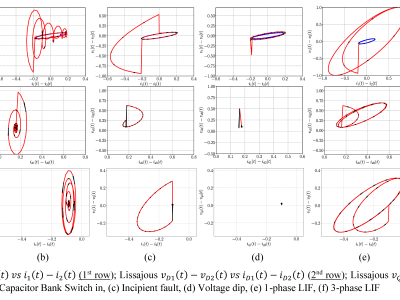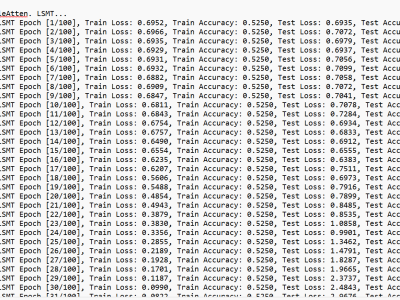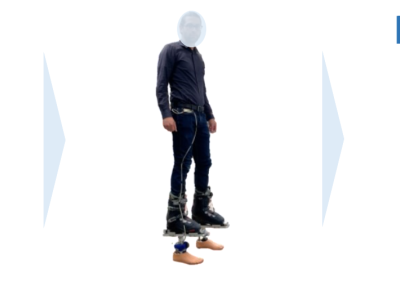
This dataset supports the research paper "Synchronized Waveform Monitoring Unit Application: Lissajous DQ Curve to Improve Situational Awareness in Power Distribution Networks". It contains electromagnetic transient (EMT) simulation results from the IEEE 33-bus distribution system, including:
- Categories:



